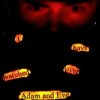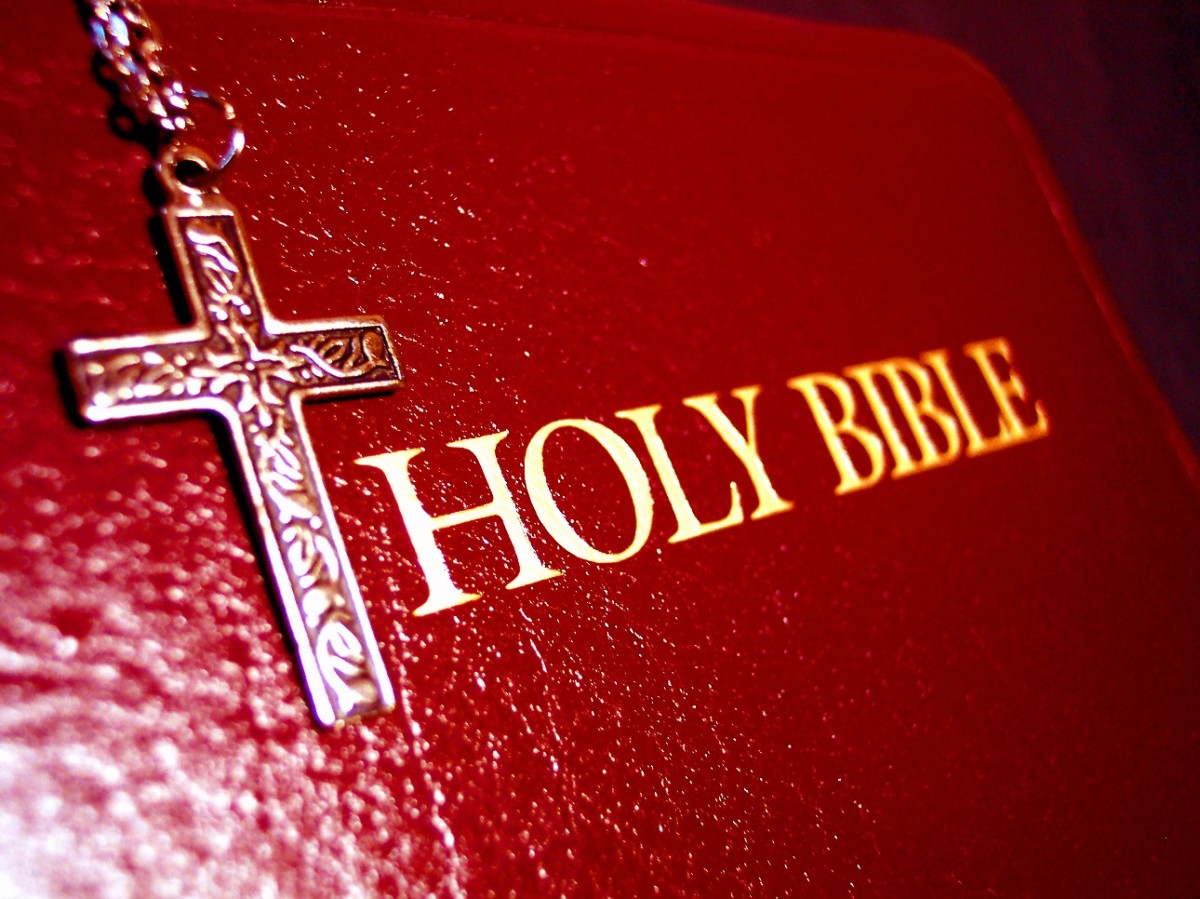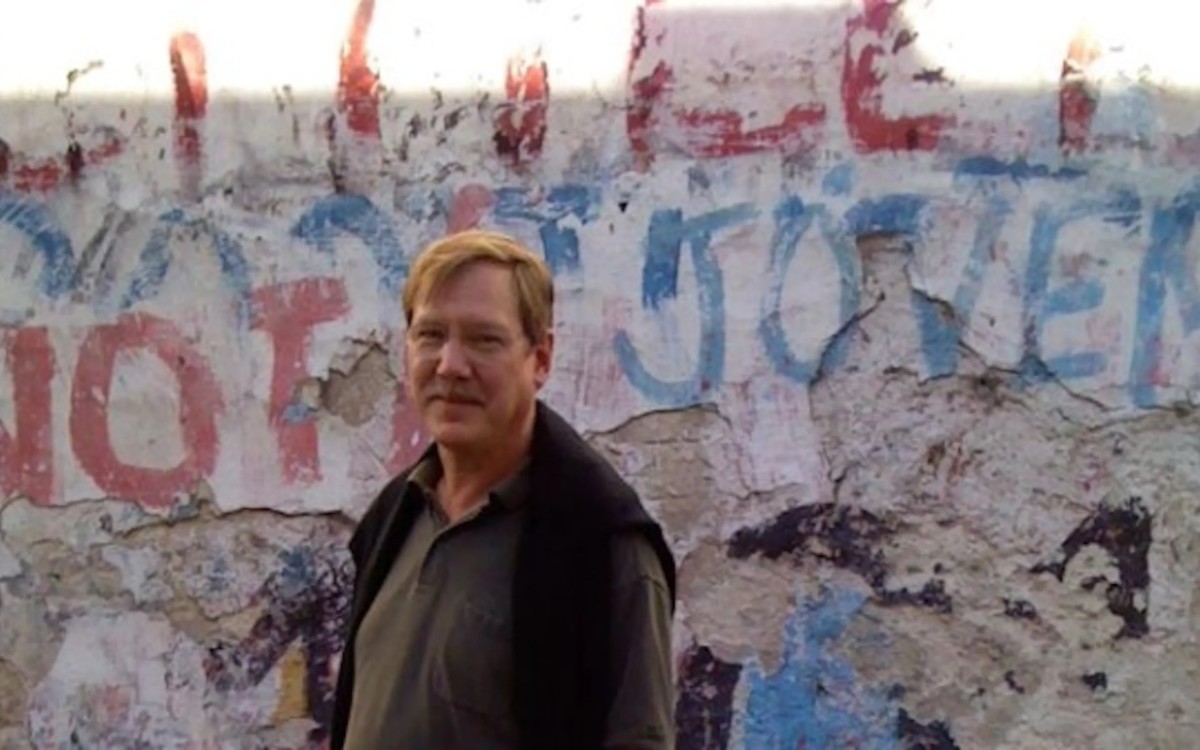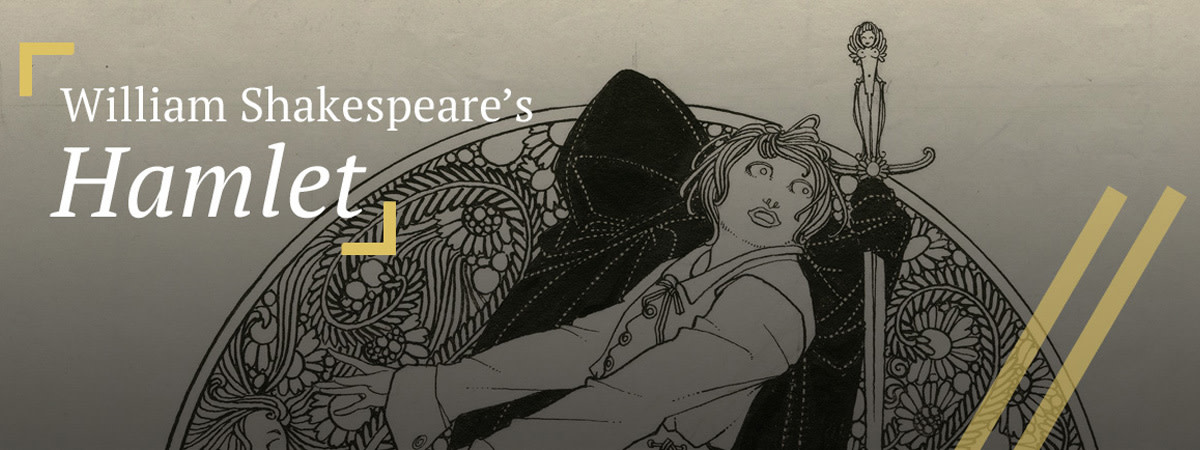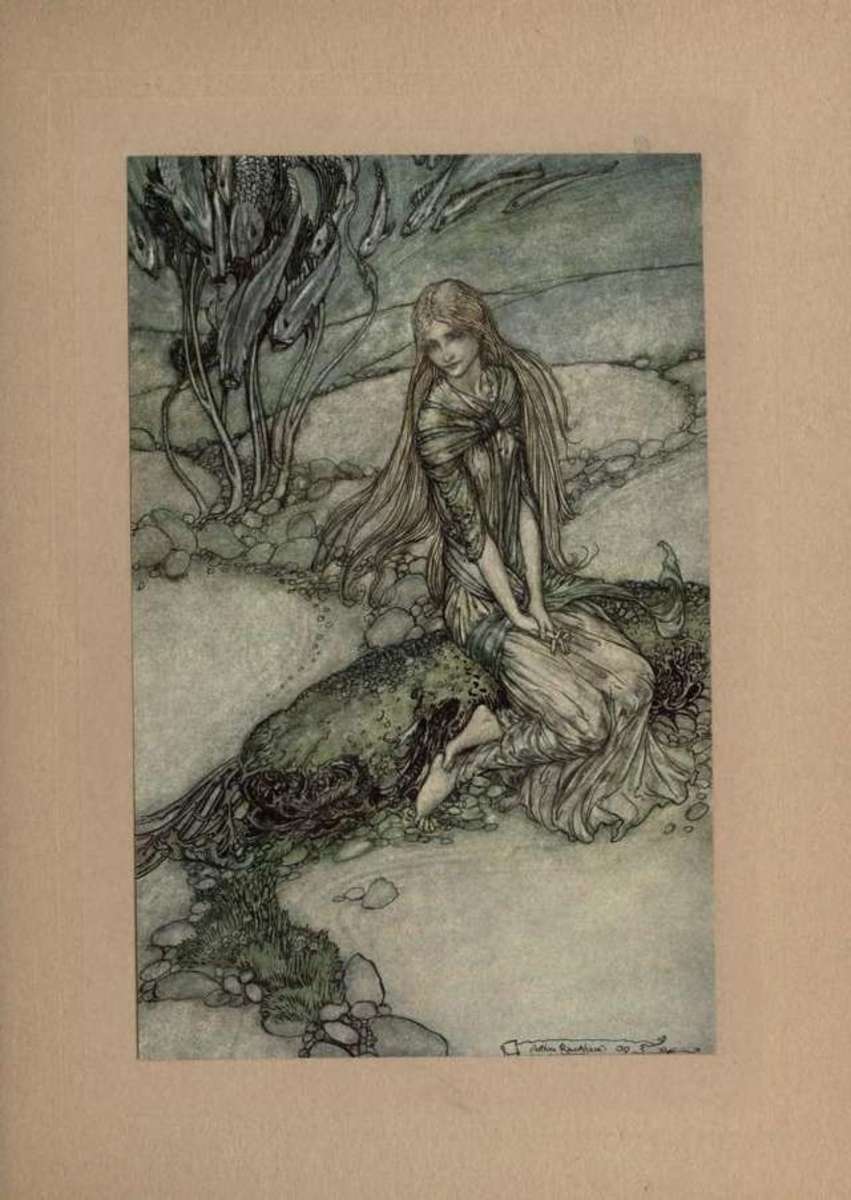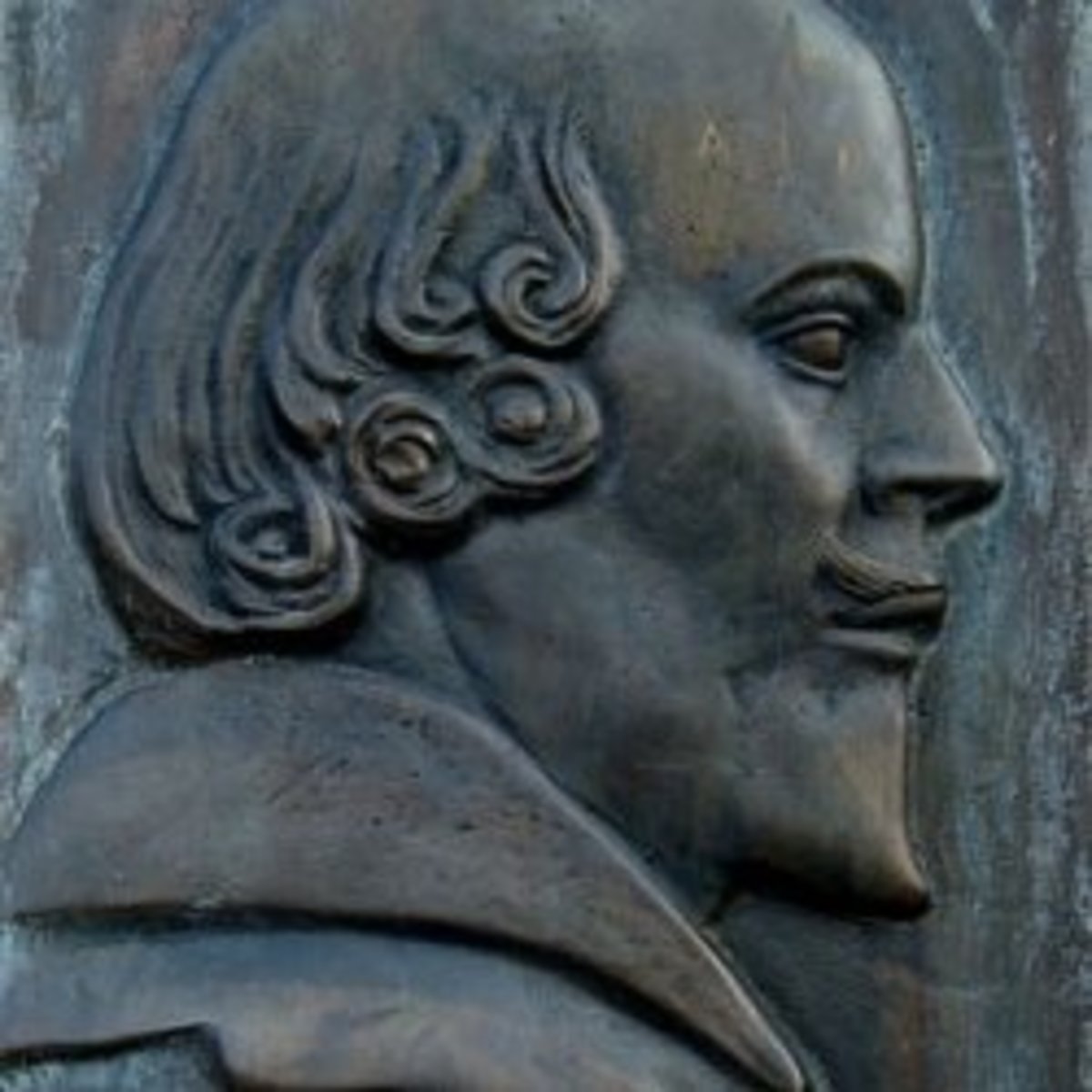Up There, With Joris-Karl Huysmans
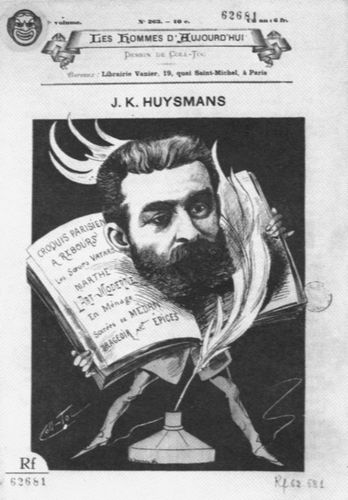
From the black magic and the occult horror of "Là-bas" (translated as "Down There" or "The Damned"), for the French "decadent" writer Joris-Karl Huysmans arose a vision of a new field of research: the beauty and the ancient majesty of Christian religion, its mysteries and rites, its art, architecture and music...
Chartres Cathedral
You might want to read first:
- Joris-Karl Huysmans and the Essence of Decadence
The French writer Joris-Karl Huysmans started his career as a naturalist... - Down There: A History of Satanism
In 1890, the already famous French "decadent" writer Joris-Karl Huysmans wrote to a friend that he was looking for "a demoniac sodomite priest" who performed the black mass. He needed him for a new book, now known as "Là-bas" or "Down There". - The Code of the Holy Blood
The chaplain of the Holy Blood in Bruges, Louis Van Haecke, wrote a book about the Holy Blood, with definitely a code in it...
J.K. Huysmans immediately sent his alter ego Durtal off on a new voyage, discovering the moral discipline, the miraculous conquest of natural laws and the aesthetic domination of time and space in monasteries and cathedrals. J.K. now undertook a "white book" you could call "Up There", mirroring the "black book" that was "Down There". It was Berthe Courrière again who sent him "en route" to abbé Arthur Mugnier, his future spiritual guide and friend. But it was the ex-priest Joseph-Antoine Boullan, whom he visited in Lyon in July 1891, who encouraged him to make a pilgrimage to Our Lady of La Salette.
In the monastery of the Grande Chartreuse where he slept in a monk's cell, J.K. asked himself if a monastery might not be the best possible refuge. His sexual desire however continued unabated, and because his mistress Anna Meunier was gravely ill, he went to all sorts of houses of prostitution and explored some of the poorer sections of Paris, on which he wrote pieces as "La Bièvre". Eventually, Huysmans had his mistress interned in a home for the insane, where he visited her faithfully each week. Anna Meunier died in 1895.
His white book, "Là-haut ou Notre-Dame de la Salette", with an account of his pilgrimage to La Salette and an apocalyptic vision called "Melanie's Secret", remained in manuscript form. It also recounted his conversations on faith and the beginnings of his conversion. As Huysmans had become Durtal to investigate Satanism in "Là-bas", now Durtal - converted into Christianity - became Huysmans. After all, belief in the devil and the Good Lord are both expressions of the supernatural. On his deathbed, Huysmans ordered the manuscript to be burned, but a secretary spared it from the flames. It was published in 1965.
On 12 July 1892 Huysmans entered in the Trappist monastery at Igny. Here, where the monks lived under a vow of silence, Huysmans made his confession and communed. After leaving the monastery, Huysmans returned to Lyon for a last visit of Boullan who died in 1893. Huysmans was convinced the death of Boullan was the result of a Rosicrucian spell cast upon him in the War of the Magicians. Boullan's priestess Julie Thibault came to serve Huysmans as a housekeeper; she kept performing her strange rituals in his apartment now in the rue de Sèvres.
On 3 September 1893, and not for his writing but for his 27 years devoted service at the Ministery of the Interior, Huysmans was dubbed Chevalier de la Légion d'Honneur. The writer was working now on plot- and actionless "novel", in which Durtal enters upon the Christian life. As he had fictionalized his life in "Down There", with "En route" - which was in fact "Up There" - he realized the fiction. Both the author and his character were converted. The work was a popular succes, but the clergy was not pleased, casting doubts on Huysmans' conversion. The colourful language of the author, describing Charles Gounod's church music as "musical onanism", also did little to endear "En route" to them.
Structured around Chartres cathedral, Huysmans began a second religious novel. While studying the cathedral - Durtal even took up residence in Chartres - Huysmans spent much time in the edifice. The final version contained lengthy passages derived directley from his "Up There" manuscript. "The Cathedral", published in 1898, became Huysmans' greatest succes, maybe also because of the continued debates in the press over the sincerity of his conversion.
Huysmans was undoubtedly fighting to lead a Christian life, but the demon of lust made it exceptionally difficult for him to succeed. His primary temptation now was the Spanish countess de Galoez, who was fascinated by the occult and came to rescue him from the monks. His attempts to flee the annoyances of Parisian society gave him the gradiose idea to search for a monastery where Christian writers and artists could take refuge and live in community. Eventually, and now he was retired from his job at the minisitry, Huysmans made a personal religious retreat to the Benedictine house of Ligugé. He published "L'Oblat", a novel describing the life of a Catholic religious community with somewhat flexible rules, and he himself became an oblate at Ligugé. Huysmans had a Notre-Dame House built on the monastery grounds, where he was not joined by fellow writers, but by a middle-class couple - M. and Mme Léon Leclaire - with whom he had been friends since 1896.
Huysmans turned to hagiography, relating the life of "St. Lydwine of Schiedam", born in 1380 in Huysmans' ancestral homeland. Lydwine was not canonically a saint, she was only "blessed". She made a vow of perpetual virginity and pursued by suitors, she resisted temptation and prayed to be ugly. Lydwine was granted some hideous diseases and afflictions, but she also would have performed miracles. Huysmans apparently believed that saintly persons as Lydwine suffered to redeem others... and he too was beginning to know severe physical suffering now. Adding to the discomforts of his chronic rheumatism and dyspepsia, in the spring of 1900 he began to have dental problems. He had some teeth extracted, but to no avail: the pain grew worse. It was the beginning of the cancer of the jaw from which he would die seven years later.
In 1901 the French laws on the separation of church and state took effect and Ligugé was reverted to the state. The monks were forced to leave and a desolate Huysmans returned alone to the unpleasantness of apartment life in Paris. In 1903 he presided at the first official banquet of the Académie Goncourt and then he was off to visit the Leclaires, who lived in Lourdes now. Huysmans was fascinated by the grotto of "miracles", but he was appalled by the circuslike atmosphere of the sanctuary too.
After further tooth extractions, he took a museum trip to Colmar (the Grünewald paintings!), Basel, Freiburg, Cologne, Brussels and Antwerp - but by the summer of 1905 his neck was swollen and the tumor had closed one of his eyes. An operation improved his sight, but did nothing to ease the pain. Huysmans still was smoking the cigarettes he smoked all his life, in brothels and in monasteries. His cancerous jaw made eating difficult and painful and he was now often confined to bed. Treatments with the new X-ray technology didn't stop the tumor's atrocious progress.
Working with a secretary, Huysmans finished in 1906 "Crowds of Lourdes", where he had observed no cures, but had seen great faith. In January 1907 he was named Officier de la Légion d'Honneur for his literary work, while an operation on his neck prolonged his agony. The most of his remaining teeth were extracted; his excruciating death had begun.
Huysmans ordered destruction of his unpublished manuscripts and composed the invitations to his own funeral. He died on 12 May 1907, at the age of 59, and was entombed in Montparnasse Cemetery, near Anna Meunier's grave.
